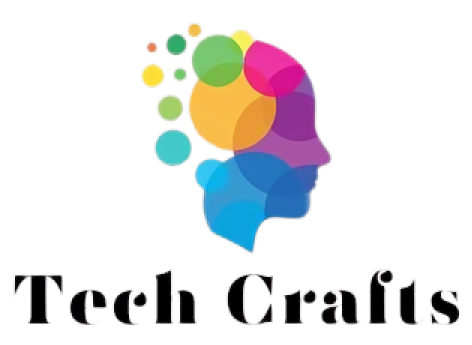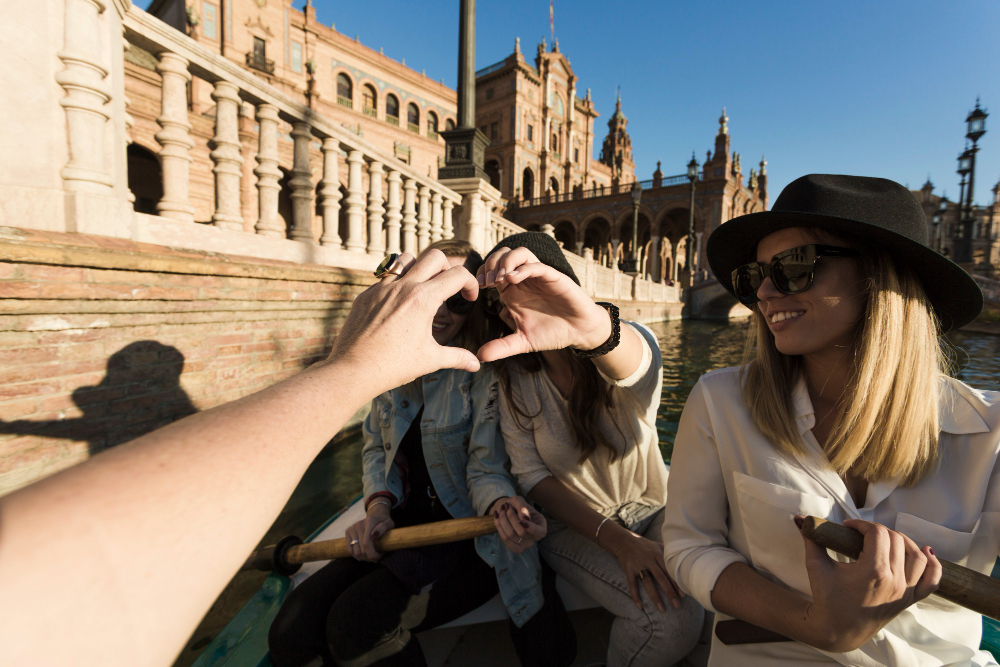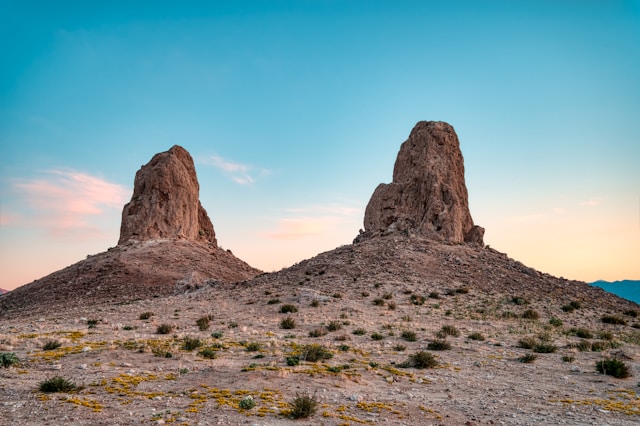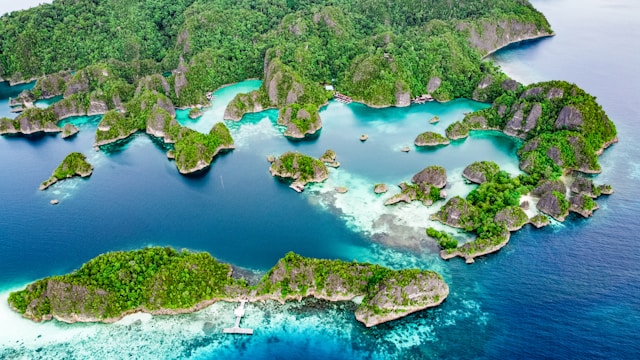Mexico City, or *Ciudad de México (CDMX)*, is one of the world’s most exciting cities for art, culture, and history lovers. With its dynamic mix of Aztec ruins, Spanish colonial cathedrals, revolutionary murals, and modern art, the city offers a layered, sensory-rich experience that can rival any global capital.This 3-day itinerary is crafted specifically for those who want to immerse themselves in the artistic spirit and historic soul of Mexico’s capital. Whether you’re into pre-Columbian artifacts, Frida Kahlo’s legacy, or Diego Rivera’s murals, this guide has you covered.
Let’s explore 8 perfect stops in Mexico City that will bring its art and history to life over three unforgettable days.
Day 1: From Ancient Foundations to Revolutionary Art
1. Templo Mayor – The Aztec Heart of the City
Start your journey where it all began—Templo Mayor, the main temple of the Aztec capital, Tenochtitlán. Located right behind the Metropolitan Cathedral, this archaeological site offers a stunning glimpse into Mexico City’s ancient roots.
Highlights:
Walk among the excavated ruins
Visit the on-site museum featuring Aztec artifacts
View the famous Coyolxauhqui Stone
This is essential for understanding how modern Mexico City was built upon an indigenous empire.2. Palacio de Bellas Artes – Art Deco Elegance and Mexican Muralism
Just a 10-minute walk from Templo Mayor, Palacio de Bellas Artes is one of the city’s most iconic buildings. With its stunning Art Nouveau and Art Deco architecture, it’s as beautiful outside as it is inside.
Must-see elements:
Murals by Diego Rivera, David Alfaro Siqueiros, and José Clemente Orozco
The Museo del Palacio de Bellas Artes
Performances by the Ballet Folklórico de México
Don’t miss Rivera’s “Man at the Crossroads,” a recreation of his controversial Rockefeller Center mural.
Day 2: Artistic Icons and Colonial Grandeur
3. Museo Frida Kahlo – The Blue House in Coyoacán
No art-focused Mexico City trip is complete without visiting La Casa Azul, the beloved home of Frida Kahlo. Located in the bohemian district of Coyoacán, this museum offers a deeply personal look into her life and art.
Why you’ll love it:
Original paintings, clothing, and letters
The actual bedroom where she painted while bedridden
Insight into her relationship with Diego Rivera and their creative, political lives
Tip: Buy tickets online in advance—they often sell out.
4. Museo Nacional de Arte – Masterpieces from the Colonial Period Onward
The Museo Nacional de Arte (MUNAL), located near the historic center, showcases Mexican art from the 16th to the mid-20th century. Housed in a majestic neoclassical building, it’s a deep dive into Mexico’s colonial and post-independence artistic identity.
What to see:
Colonial religious art
19th-century romanticism and landscape paintings
Political art from the Mexican Revolution
Combine this visit with a stroll through Alameda Central, the city’s oldest public park.
Day 3: Modern Innovation Meets Historic Context
5. Museo Soumaya – A Modern Icon with Classic Treasures
In the upscale district of Polanco, you’ll find the stunning, futuristic Museo Soumaya—home to over 66,000 works of art, including the largest Rodin collection outside France.
What’s inside:
Works by Rodin, Dali, Van Gogh, Monet, and Tintoretto
Colonial-era religious pieces
Decorative arts and coins
This museum is free to the public and a great example of how modern architecture houses timeless art.
6. Museo Nacional de Antropología – The Crown Jewel of Mexican Museums
No history-themed trip to Mexico City would be complete without a visit to the Museo Nacional de Antropología (National Museum of Anthropology). Located in Chapultepec Park, this enormous museum offers an unparalleled collection of Mesoamerican treasures.
Don’t miss:
The Aztec Sun Stone
Mayan artifacts from Palenque and Bonampak
Teotihuacan models and murals
Plan to spend at least 3–4 hours here—it’s vast and packed with insight.
7. Chapultepec Castle – Royal History and Stunning Views
Perched atop Chapultepec Hill, Castillo de Chapultepec is the only royal castle in North America that served as an imperial residence. Today, it’s part of the Museo Nacional de Historia, and its art and furniture tell the story of colonialism, independence, and reform.
Explore:
19th-century furnishings
Murals by Mexican masters
Balconies with sweeping views of the city skyline
It’s the perfect capstone to a history-focused day in Bosque de Chapultepec, Latin America’s largest city park.
8. Casa Estudio Diego Rivera y Frida Kahlo – Art Meets Architecture
Wrap up your itinerary with a visit to Casa Estudio Diego Rivera y Frida Kahlo, located in San Ángel, a leafy neighborhood in southern Mexico City. These twin houses are considered among the first examples of modernist architecture in Latin America.
Features:
Diego Rivera’s personal studio, complete with paint and brushes
An intimate look into their artistic life
Exhibits focused on modernist design and function
The red and white bridges connecting the buildings symbolize the complex relationship between two of Mexico’s most influential artists.
Conclusion: Where Art and History Collide in Every Corner
This Mexico City 3 day itinerary offers a carefully curated experience for those who value creativity, culture, and the stories behind the paint and stone. In just three days, you’ll travel from ancient temples to revolutionary murals, from colonial elegance to modernist marvels.
Whether you’re here for Frida’s fiery passion or Rivera’s grand murals, for Aztec ruins or Spanish grandeur, Mexico City delivers an immersive journey through centuries of art and history.
FAQs
1. Is three days enough to see the art and history highlights in Mexico City?
Yes! While you could spend weeks exploring, a well-planned 3-day itinerary can cover the most iconic museums, galleries, and historical sites comfortably.
2. Are these museums and attractions open every day?
Most museums are closed on Mondays. Plan accordingly to avoid disappointment, especially for places like the Museo Frida Kahlo or Museo Nacional de Antropología.
3. Is public transportation a good option to get around?
Yes, Mexico City has an affordable metro system, along with Uber, taxis, and buses. However, be mindful of peak hours and traffic in the afternoon.
4. Can I visit all the sites in this itinerary without speaking Spanish?
Absolutely. Many museums offer English signage and audio guides, and staff in tourist areas often speak some English. Still, learning a few basic Spanish phrases is helpful.
5. Do I need to buy tickets in advance for these attractions?
Yes, especially for Frida Kahlo Museum and Casa Estudio Diego Rivera y Frida Kahlo, which often sell out. Booking online is recommended.







